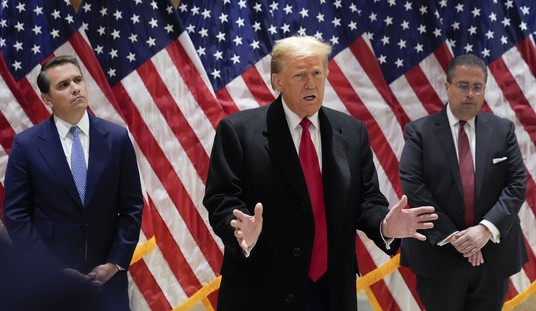When California legislators enacted the country's first ban on military-style rifles in 1989, they gave no weight to the fundamental right of armed self-defense guaranteed by the Second Amendment: a right the U.S. Supreme Court did not explicitly acknowledge until nearly two decades later. But as U.S. District Judge Roger Benitez observed in his ruling against California's "assault weapon" ban last Friday, it should now be clear that the outright prohibition of such firearms cannot pass constitutional muster.
California's Assault Weapons Control Act, which is similar to laws enforced by a handful of other states, originally applied to a list of more than 50 specific brands and models. In 1999, the law was amended to cover any semi-automatic, centerfire rifle that accepts a detachable magazine and has any of the following features: a pistol grip that "protrudes conspicuously beneath the action of the weapon," a forward pistol grip, a thumbhole stock, a folding or telescoping stock, a flash suppressor or a grenade/flare launcher.
The rifles prohibited by the AWCA are among the most popular firearms sold in the United States. Nearly 20 million have been manufactured or imported during the last three decades.
As far as Benitez is concerned, that should be the end of the matter. In the landmark 2008 case that overturned the District of Columbia's handgun ban, the Supreme Court held that the Second Amendment protects the right to own weapons "in common use" for "lawful purposes like self-defense" -- a test that the rifles covered by California's law clearly satisfy.
Although handguns are used to commit crimes far more often than "assault weapons," the Court rejected the notion that a blanket ban on an entire category of firearms could be justified by the danger they pose in the hands of criminals. It also rejected the idea that such a ban could pass muster because it allowed people to use other kinds of firearms for self-defense.
Recommended
California nevertheless deployed both of those arguments in defense of the AWCA. Benitez, like the Supreme Court, was unpersuaded.
Benitez concluded that the AWCA cannot survive even under the "intermediate scrutiny" test that the U.S. Court of Appeals for the 9th Circuit, which includes California, tends to apply in gun control cases. That test requires a "reasonable fit" between an "important government interest" (in this case, prevention of gun violence) and the means chosen to further that interest.
In terms of destructive power, a rifle with the features on California's list is indistinguishable from the same rifle without them. It fires the same ammunition at the same rate with the same muzzle velocity.
California argued that some of the prohibited features help "maintain accuracy in rapid-fire scenarios," making a rifle especially suitable for mass shootings. A video submitted as evidence in this case casts doubt on that claim, showing that an AR-15 without any of those features fired with "approximately the same speed and accuracy" as an AR-15 with all of them.
Assuming California has succeeded in making rifles less accurate, that is hardly an improvement. Accuracy is especially important when a law-abiding gun owner uses a rifle in self-defense, a scenario that Benitez illustrated with several real-life examples.
Similarly, California has arbitrarily banned the adjustable stock that makes it easier for someone of small stature to use a rifle, the pistol grip that "gives a homeowner a secure hold with one hand while the other hand holds a telephone or spare magazine" and the flash suppressor that "prevents the night-time home defender from being blinded by her own muzzle flash." Despite all these decrees, Benitez noted, the AWCA has not had an observable effect on the frequency of mass shootings involving "assault weapons," meaning "California's experiment has been a failure."
The impact of the federal "assault weapon" ban that expired in 2004 was similarly unimpressive. President Joe Biden nevertheless wants to try this experiment again. The question is whether the Supreme Court will let him.
Jacob Sullum is a senior editor at Reason magazine. Follow him on Twitter: @jacobsullum.

























Join the conversation as a VIP Member